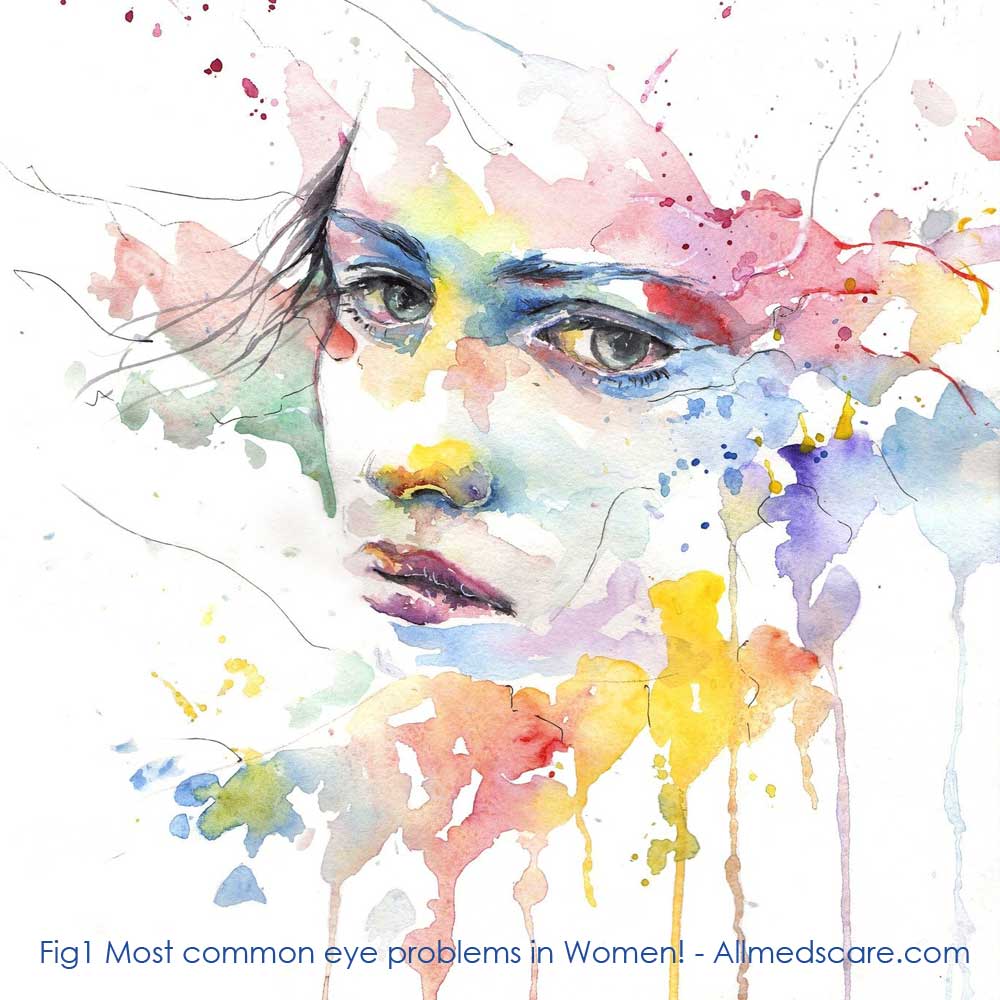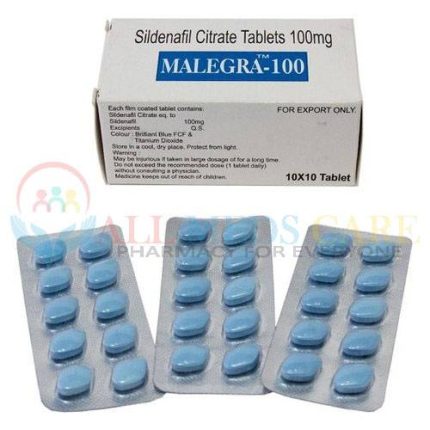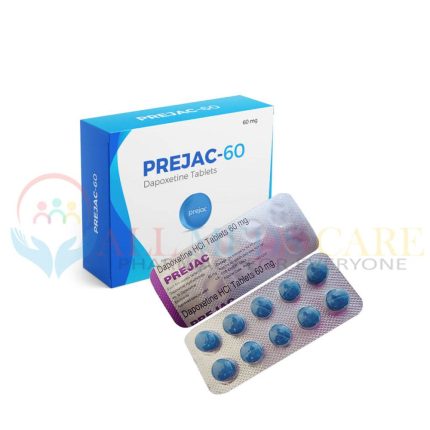Introduction
Eye problems are widespread diseases that can affect all ages of people and gender. But some eye health issues are more ordinary in women compared to men. There are various risk factors that contribute to eye conditions such as hormonal changes, smoking, family history, lifestyle choices, and underlying medical conditions. In this blog, we will be exploring the most common eye problems in women and their causes, symptoms, and possible treatment options.
The eyes are sensitive organs, which need gentle care and attention to maintain good health. common eye health issues in women are cataracts, diabetic retinopathy, glaucoma, age-related macular degeneration, allergic eye disease, eyelid style, and dry eyes. As women grow their age, they become gets various eye problems because of hormonal changes, menopause, pregnancy, etc. Some other factors, such as women closely engaged in activity can cause eyes like excessive use of computers or cell phones. Working under poor lighting conditions, and overreading books. So, it is essential women who experience any changes in their vision should contact their doctor to identify a problem and treat them early.

Most Common Eye Problems in Women
Dry Eyes
Dry eyes problem affects many women because the eyes do not produce enough tears or proper lubrication of eye surfaces. This can lead the problems such as eye-burning sensation, bacterial infection, discomfort, and blurry vision. Dry eyes are more common in women, the reason is hormonal changes at the time of pregnancy, menopause, and the use of birth control pills. Other risk factors that are also major contributors to dry eyes such as environmental factors like wind, poor air, and smoking. moreover, some medications like antidepressants and antihistamines.
Treatment:
Eye treatments are depending on the various causes but generally recommend medication for mild problems and surgery for serious issues. The doctor always prescribes medication for dry eyes to improve tear production in severe cases. Some alternative treatments such as artificial tears, avoiding irritants, and warm compresses for dry eyes.Cataracts
Cataracts occur when a clouding of the lens of the eye can lead to blurred vision or dimmed vision and even blindness if not treated on time. Women are more likely to develop cataracts problem due to aging. Moreover, some other factors such as exposure to ultraviolet or radiation therapy, having a smoke, and diabetes are the biggest risk factors for producing cataracts.
Treatment: Surgery is the only treatment option available for cataracts that is very effective. In that treatment, the cloudy lens is removed, and placed an artificial lens. However, one can change their lifestyle such as avoiding smoking and protecting eyes from radiation or ultraviolet lights can help slow the progression of the cloudy lens.Glaucoma
Glaucoma is a group of eye diseases that increase pressure on optical nerve tissues which leads to vision loss and blindness. Women have more chances to develop glaucoma than men, especially after the age of 60. Women who have diabetes problems should monitor their sugar levels regularly because it can lead to glaucoma problems. Additionally, women who have a family history, existing diabetes problems, high eye pressure, and use steroid medication are at higher risk of producing glaucoma.
Treatment: Prescription eye drops such as Bimatoprost and Alphagan-P are a common treatment option for glaucoma. Other treatment options are also available such as oral medication, surgery, laser treatment, etc that can be used to manage glaucoma and prevent further damage to the optic nerve.Age-Related Macular Degeneration (AMD)
AMD is a disease that affects the person’s macula or central vision. AMD can result in a severe loss of central vision which is part of the eye but people rarely go blind in that condition. Women have more chances to develop AMD than men. The risk factors for AMD include being 50 and older, smoking, having high blood pressure, and having family heredity.
Treatment: There is no treatment for Dry AMD, but vision aids can be treated by applying laser therapy, injections, and vitamin supplements help to slow down AMD progression and improve vision.
Causes of Eye Problems in Women
Some of the following factors can cause eye problems in women.
- Hormonal Changes: Changes in estrogen levels at the time of pregnancy and menopause can lead to blurry vision, dry eyes, and eye discomfort.
- Lifestyle Choices: Lifestyle changes such as lack of sleep, poor nutrition, unhealthy habits like smoking and alcohol consumption, etc may cause the risk of eye problems.
- Underlying Medical Conditions: Common diseases such as Diabetes, high blood pressure, and immune disorders can harm the eyes and cause poor vision problems in women.
- Environmental Factors: Some environmental factors such as pollution, harsh lighting conditions, and exposure to UV radiation can lead the problem of eye strain, dry eyes, and other eye problems.
- Family Heredity: Women who have a genetic component of eye problems such as Cataracts and Glaucoma may be at a higher risk of developing eye problems.
Symptoms of Eye Problems in Women
The symptoms of eye problems in women can differ on the different conditions, but some of the common symptoms to look out for are as follows.
- Eye discomfort or pain
- Blurry vision
- Swelling or redness
- Dry eyes
- Itching
- Sensitivity to light
- Floaters or seeing spots
- Flashes
- Excessive tearing
- Headache
- Night Blindness
It is very important for individuals to consult a medical professional if any of these symptoms occur.
Conclusion
As women age, eye problems can be a serious issue and should not be taken lightly because they can affect their vision and quality of life. Finding out the most common eye problems in women is a very crucial task for early diagnosis. Women should set a priority on their eye health on top of getting regular eye check-ups, maintaining a healthy lifestyle, prevent eyes from environmental factors. Proper diagnosis, management strategies, treatment, and preventive measures all come together can improve the visual health of women and ensure they have the best quality of life possible.
























